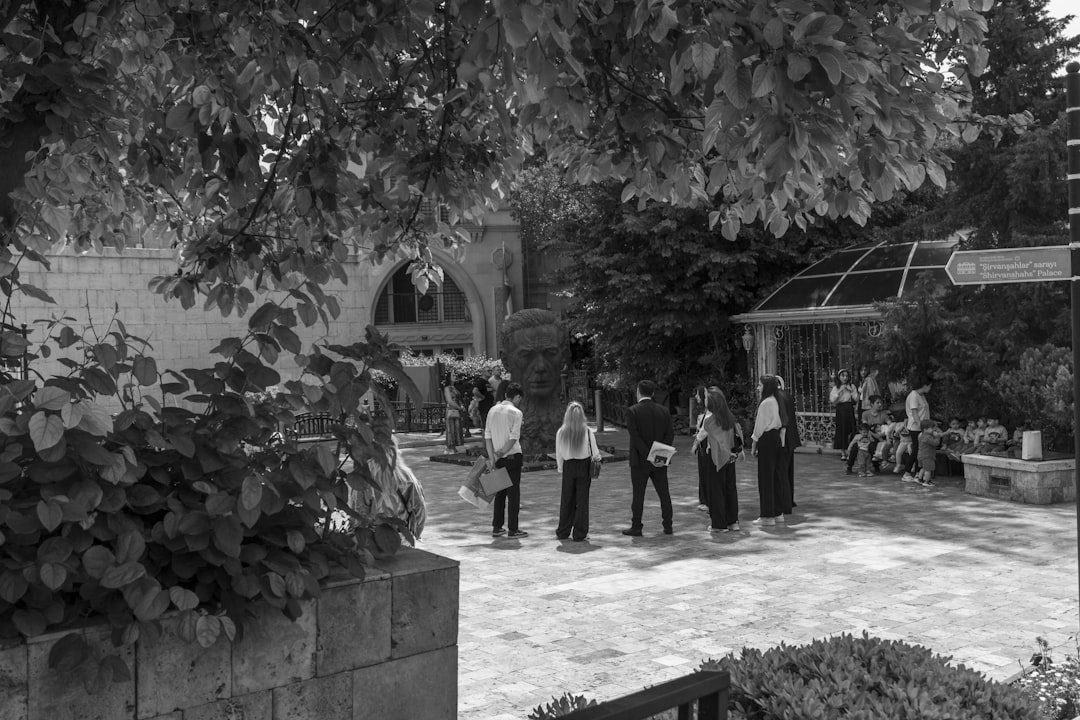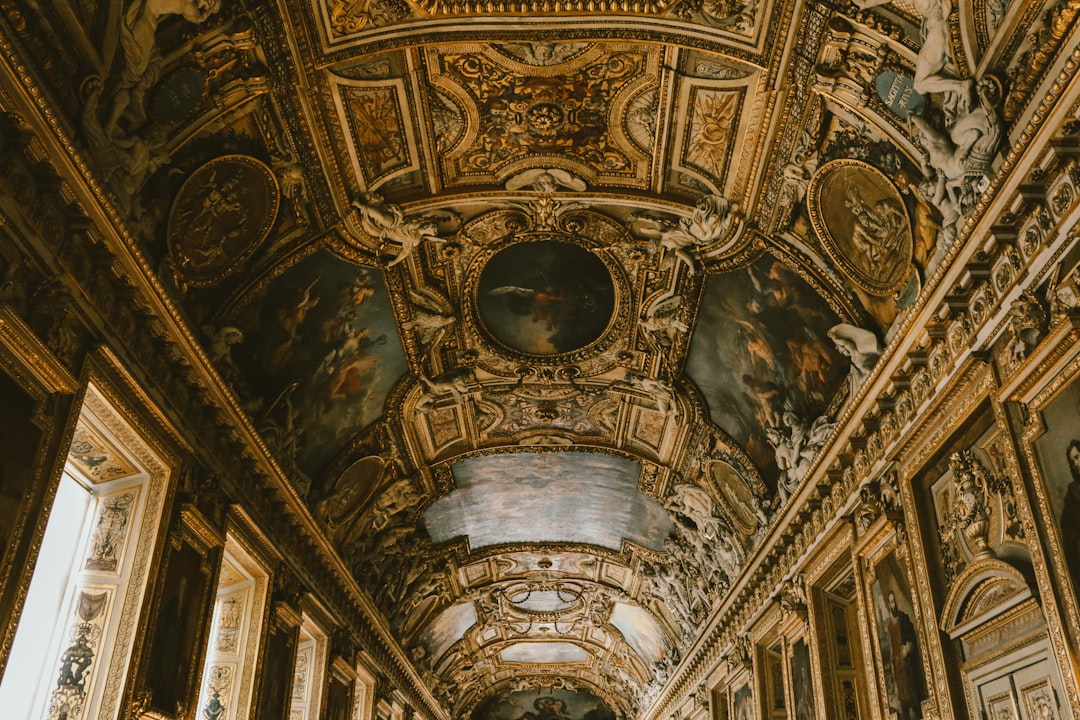
Mastering the Art of Monument Exploration: Tips and Tricks
# Introduction. Exploring monuments can be a transformative experience, allowing travelers to connect with the rich history, culture, and architectural marvels that shape our understanding of humanity. Whether you are planning to visit a renowned world wonder or a lesser-known local gem, having a game plan will enhance your exploration. In this post, we’ll cover essential tips for exploring monuments that will not only prepare you for your journey but will also elevate your appreciation of these monumental marvels. # Research the History and Significance of the Monument. Before embarking on your monument exploration, take time to research the site you plan to visit. Understanding its history and significance helps in appreciating its cultural context. For example, visiting the Parthenon in Athens is not just about marveling at its structural beauty but also grasping its ties to ancient Greek democracy and mythology. Many monuments have rich narratives behind their construction, purposes, and the people associated with them. Utilize books, documentaries, and online platforms to gather information, and consider reviewing scholarly articles to deepen your insights. # Best Times to Visit Monuments. The timing of your visit can significantly impact your experience. Many major monuments attract large crowds, especially during peak tourist season. To experience the site without throngs of visitors, consider going during off-peak seasons or weekdays. Early morning or late afternoon visits can also provide a quieter atmosphere and a chance to witness monuments bathed in stunning light conditions. Sunrise and sunset often provide breathtaking scenes that are perfect for photography, so plan accordingly if capturing memorable moments is a priority. # Consider Guided Tours vs. Self-Guided Exploration. One of the decisions you'll face when exploring a monument is whether to opt for a guided tour or explore independently. Guided tours can provide valuable insights, storytelling, and context that may enrich your understanding of the site. However, self-guided exploration allows for a flexible and personal experience, helping you immerse yourself at your own pace. Consider a hybrid approach: start with a guided introduction and then wander on your own. Many monuments offer resources, such as audio guides or mobile apps, that can provide information while allowing you to explore freely. # Dress Appropriately and Prepare for the Elements. When visiting monuments, especially those in open-air environments, proper attire can enhance your comfort and experience. Comfortable walking shoes are essential, particularly since many monuments involve considerable walking or traversing uneven terrain. Additionally, be aware of the climate and seasons. If you're visiting a location with strong sunlight or chilly winds, pack accordingly with hats, sunscreen, or jackets. Depending on the site, some monuments may have dress codes, so always check beforehand to ensure you adhere to their regulations. # Respect Cultural Norms and Preservation Efforts. Monuments often hold great cultural significance, and respecting the local customs and preservation efforts is imperative. Familiarize yourself with any specific rules or regulations in place at the site. This could include restrictions on photography, touching artifacts, or areas that are off-limits. Follow all guidelines to ensure a respectful interaction with the monument and its caretakers. Your responsible behavior can contribute to the ongoing preservation of these historical sites for future generations. # Capture the Experience Creatively. Photography allows you to capture the memories of your monument exploration, but approach it creatively. Instead of merely snapping traditional tourist shots, consider capturing details and textures, experimenting with perspectives, or integrating local people and elements in your photos. Explore various techniques, such as long exposure or black and white, to evoke different emotions. Additionally, travel journaling can enhance your experience. Write reflections on your thoughts and feelings while visiting the site, which creates a deeper connection to your exploration. # Conclusion. Exploring monuments is an enriching experience that offers a glimpse into our collective history. By doing thorough research, planning your visit thoughtfully, and respecting the significance of these sites, your monument exploration can be immensely rewarding. Whether you find yourself in the shadow of the pyramids or gazing at the intricate details of a Gothic cathedral, these timeless structures will leave lasting impressions and stories that resonate through time. Equip yourself with the insights and respect necessary to enjoy the wondrous world of monuments. .







